As a professional...
How do modern tin box factories achieve sustainable production?
With the improvement of global environmental awareness and the growth of consumer demand for personalized products, modern tin box factories are redefining the traditional packaging industry through technological innovation and artistic integration.
This article will explore in depth how tin box manufacturers can achieve environmental protection goals in the production process, while giving products artistic value through customized design, and creating environmentally friendly tin boxes that are both practical and beautiful.
---
1️⃣ Sustainable production system: green practice of tin box factories
1. Application of environmentally friendly materials
Modern tin box factories give priority to recyclable metal materials, such as food-grade tinplate (tinplate), which has a recycling rate of more than 90% and can be repeatedly smelted and reshaped. Some companies have begun to try to use bio-based coatings instead of traditional chemical coatings to reduce VOC (volatile organic compound) emissions during the production process and ensure the safety of food tin boxes.
2. Energy-saving production process upgrade
- Clean energy drive: Use solar power supply system and waste heat recovery technology to reduce production energy consumption.
- Waterless printing technology: Through digital printing and UV curing process, reduce the water waste of traditional ink printing.
- Zero waste cutting: Use AI algorithm to optimize typesetting design and increase material utilization rate to more than 98%.
3. Circular economy model
Some factories have launched a "trade-in" plan to recycle waste tin boxes for reprocessing to form a closed-loop industrial chain. For example, a European company melts recycled tin boxes into home decorations, giving waste a second life.
.jpg)
---
2️⃣ Fusion of art and function: Design innovation of customized tin boxes
1. Personalized customization service
The customized tin box market has grown rapidly in recent years. The factory supports customers to freely choose patterns, textures, opening and closing structures and other elements through 3D modeling technology and modular production lines. For example, the embossed gift box designed for a high-end chocolate brand not only shows the brand culture, but also reduces material waste through lightweight design.
2. Artistic expression of environmental protection theme
- Natural element design: Using environmental protection techniques such as plant rubbing and mineral pigments, ecological themes such as forests and oceans are presented on the surface of the tin box.
- Detachable structure: The lid is designed as an independent photo frame or storage tray to extend the product life cycle.
- Interactive packaging: Cooperate with artists to launch limited edition tin boxes. Consumers can scan the QR code on the box to watch environmental protection theme short films to enhance the brand education value.
3. Cross-border cooperation case
A well-known food tin box manufacturer and illustrator jointly launched a series of products with endangered animals as the theme, and 5% of sales were donated to wildlife protection organizations. Such cases prove that the combination of art and environmental protection can significantly enhance consumer emotional recognition.
---
3️⃣ Market advantages of food-grade environmentally friendly tin boxes
1. Safety and preservation performance
Food-grade tinplate has excellent barrier properties, which can effectively prevent moisture and light, and extend the shelf life of products such as tea and biscuits. Through environmentally friendly coating technology, the inner wall of the tin box does not need additional plastic lining, which complies with the EU Food Contact Materials Regulation (EC 1935/2004).
2. Brand differentiation competition
According to a survey, 67% of consumers are willing to pay a premium for environmentally friendly packaging. Brands that use environmentally friendly tin boxes can not only reduce their carbon footprint, but also stand out on the shelf through unique designs. For example, an organic tea brand has increased its customer unit price by 30% with its hand-carved tin can packaging.
3. Policy and certification support
Many countries around the world have introduced plastic restrictions and carbon tax policies to promote companies to turn to green packaging. Tin box factories that have passed FSC (Forest Stewardship Council) certification and Cradle to Cradle certification are more likely to be favored by international customers.
---
.jpg)
4️⃣ future trends: intelligence and community co-creation
1. Digital twin technology
Some leading factories have introduced virtual simulation systems, and customers can preview the 3D effects of customized tin boxes online, reducing the number of sample proofing times and further reducing carbon emissions.
2. Community Participatory Design
Launch a "Green Creative Workshop" to invite consumers to submit environmentally friendly design drafts. The voted-for solutions will be put into mass production and marked with the creator's name. Such activities can not only collect innovative inspiration, but also strengthen the brand's environmental image.
3. Biodegradable coating research and development
The scientific research team is experimenting with coating materials based on corn starch and seaweed extracts, which may achieve 100% compostable degradation of tin boxes in the future.
---
Conclusion: From industrial products to artworks, the sustainable future of the tin box industry
Through material innovation, process upgrades and artistic empowerment, modern tin box factories are breaking the inherent perception of "packaging is waste". Whether it is the personalized needs of customized tin boxes or the functional breakthroughs of food tin boxes, the combination of environmental protection and aesthetics has become the core competitiveness of the industry. With consumers' pursuit of a sustainable lifestyle, environmentally friendly tin boxes, which have both practical value and collection value, will surely become an important carrier in the green economy era.

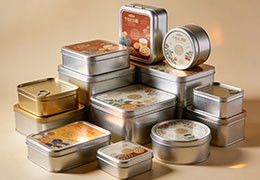
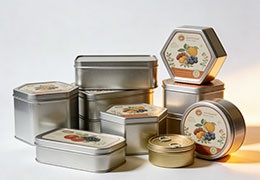
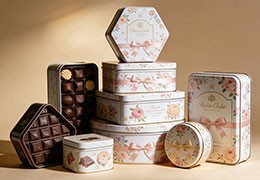
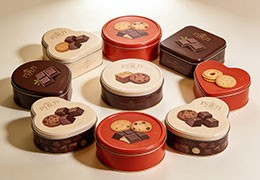
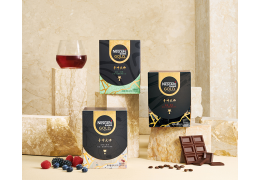
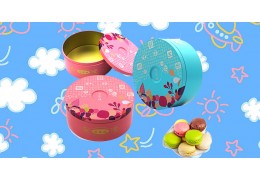
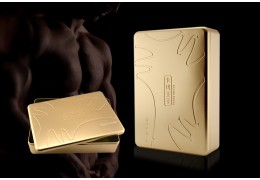
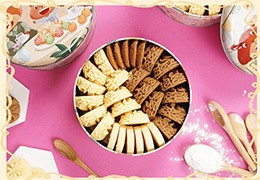
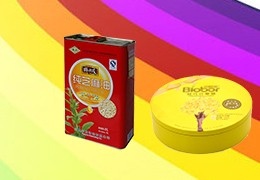
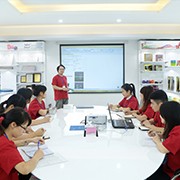
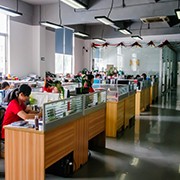


Latest comments